Trending Now
Thursday, Nov, 2024
Home / Trends That Will Shape EdTech in 2021
Trends That Will Shape EdTech in 2021
With all facets of our lives evolving as technology progresses, it is unavoidable that the education technology market will..
 by Himani Verma /
by Himani Verma /  19 Jan 2021 09:33 AM IST /
19 Jan 2021 09:33 AM IST /  0 Comment(s) / 246
0 Comment(s) / 246
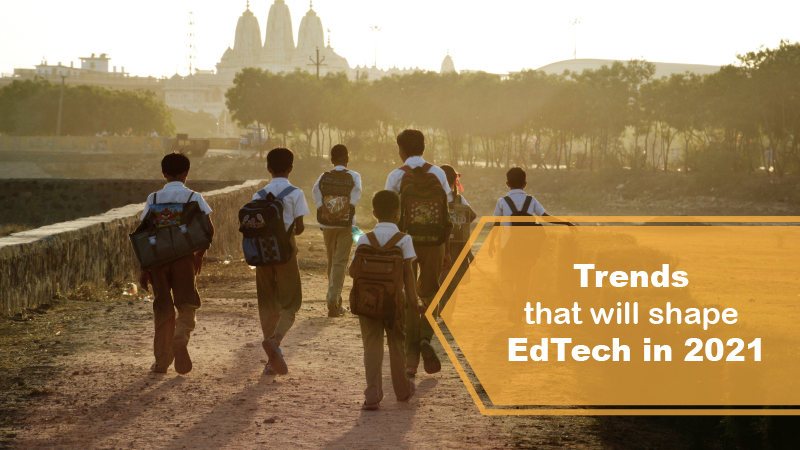
Trends That Will Shape EdTech in 2021
With all facets of our lives evolving as technology progresses, it is unavoidable that the education technology market will develop with, and beyond, COVID-19. In 2020 the way education and technology equipment like Interactive Reality and Augmented Reality or Computer Gaming have evolved. What will not be checked for potential implementation to give the learner a more stimulating and affecting the learning environment.
In India, the student/teacher ratio is still poorly managed, so teachers find it very difficult to give the student personal attention. Students eventually take extra coaching lessons to master the subject and understand it.
However, with the shifting consumer behavior, particularly in parents with higher disposable incomes, startups in educational technology substitute coaching classes by providing personalized, customized, and round the clock content to ensure children's sustainable development.
Learning From The Video:
The film becomes a de facto learning medium. Instead, students choose to screen videos to enhance comprehension and information retention mechanisms instead of reading long paragraphs.
Penetration and advances in technology such as smart TVs and Android-based TVs would improve users' video use. Many new Internet-based devices have been created that lead to the exponential growth of this trend.
In the years to come, higher education institutions will potentially invest in developing immersive education videos that make learning more appealing. Video-based instruction can also be scaled up and repeatedly used quickly. A pupil will then see the same video many times before the idea is grasped.
Blockchain:
Blockchain is the infrastructure that acts as an evolving cryptocurrency system. Blockchain provides both companies and individuals with excellent collaboration and secure data exchange opportunities. Security protocols are unique and challenging to hack in the blockchain.
There are many case studies in the higher education sector, with use cases emerging for blockchain.
Sharing student data across multiple universities to exchange information over semesters, exchanging courses, transferring students, exchanging data for an appointment with authority, and sharing student academic data with recruiting companies are some practical use cases.
Technical Online Evaluation:
One of the critical success factors for student assessment and overall education delivery during the evaluation process is the examination process. Tests of pen and paper settings are traditionally done. For the majority of higher education institutions, manual evaluation of response sheets is dominant.
Institutes help automate and simplify the review and overall assessment process for students through platforms that can help conduct online testing. Online evaluations can help to accelerate the total evaluation time required.
Learning Self Paced:
Each student has some strengths and disadvantages when it comes to learning practices. A student may like to study the subject sometimes. This becomes his power. This way.
Likewise, if the same student doesn't like any other subject, it immediately turns itself into its weakness. Thus, preferred subjects vary from person to person and, therefore, their strengths or disadvantages.
This downside in conventional school schooling is only one way to overcome. The secret to helping students succeed in all subjects irrespective of their liking is self-studying at their own pace. The core of online learning is self-fashion analysis.
Artificial Intelligence:
In the coming year, AI will potentially dominate a significant amount of headlines. It has found millions of implementations in many industries. Face recognition is one of the most common characteristics. It has proven beneficial for either significant or small companies to ensure unauthorized access to campus facilities.
Facial recognition is one type of IA in the organization where candidates or staff can easily monitor the attendance based on their images taken each day.
The education sector has many valuable AI deployments. There are many use cases for test protection, such as online cheating detection, AI auto proctoring, chatbots, etc. Technology may allow examinations to take the conventional physical surveillance method without any physical human involvement.
Study of Students by Technologies and Data-Driven:
For higher education, data mining employing machine learning or analytics can be beneficial. The manual appraisal or feedback process based on any arbitrary assessments is biased and constrained.
Historical student data can be stored by the technology. The use of these data allows for accurate feedback on the performance of the students. Analysis powered by evidence can help remove partialities during the process of assessment and student evaluation.
Such data can help to forecast the student group's or individual student's potential results. Such potential predictability leads to greater readiness of students by higher education institutions.
Virtual Reality:
Virtual Reality is not a passive method of learning but a cost-effective platform for active learning. VR generates a virtual world similar to the real environment. It puts stuff before you as if you stood next to it.
Just imagine a student in biology who can see a 3D skeleton in front of him. To view and feel it, students should wear glasses. VR can be used to learn the whole anatomy of the bones instantly.
Day after day, VR technology is getting cheap. There are several games on the VR concept that have been created. Those games are played with tremendous enthusiasm by millions.
The Internet of Things:
The Internet of Things refers to small items that can be connected to or gathered via the Internet. Without human interference, these objects will work themselves. Many automation and control industries are supporting IoT. It is potentially also used in higher education. Many uses like facial recognition, student vehicle tracking, computer output measurement, etc.
The equipment needed for IoT is now becoming economically economical. IoT is used in several industries, including healthcare, agriculture, processing units, wearables like innovative watches, etc. Many industrial applications fuel the need for trained practitioners in this area.
Chatbots:
Chatbots have become something that starts around 12 months ago. Many new and exciting technology providers have built simple, intuitive chatbot-based workflows where you can conveniently customize the robot in a live chat environment to chat with real people.
Conclusion:
In the global education market, 2020, but more so for India, is a year that has been a milestone. The opponent was silenced, and the politicians, too, pushed the needle dramatically to create an Indian nation with a central plan for "inclusion of education." We will aim to see how the year has gone and how 2021 will be a year of transition in the light of Edtech and its impact on the population division and growth of India in the coming years.

Blog / February 11, 2024
Mastering Spoken English: A Journey Through Real-Life Conversations
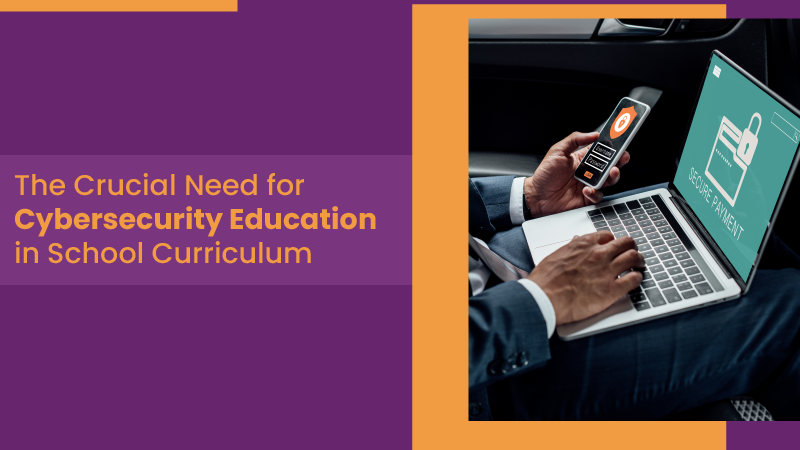
Blog / January 19, 2024
The Crucial Need for Cybersecurity Education in School Curriculums
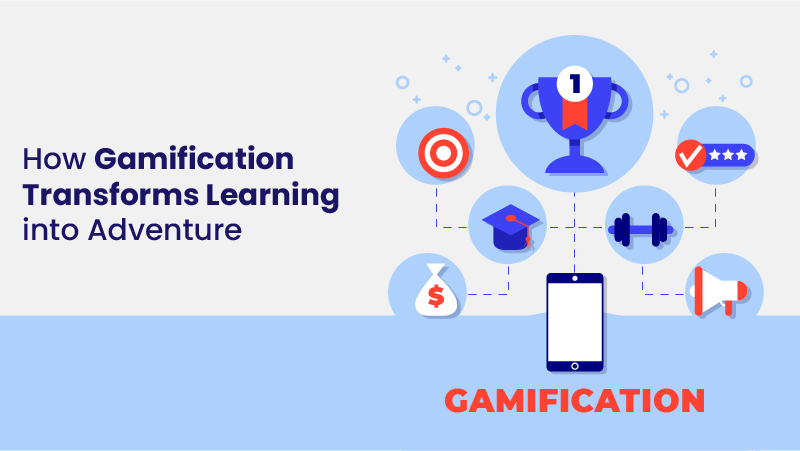
Blog / December 19, 2023
How Gamification Transforms Learning into Adventure
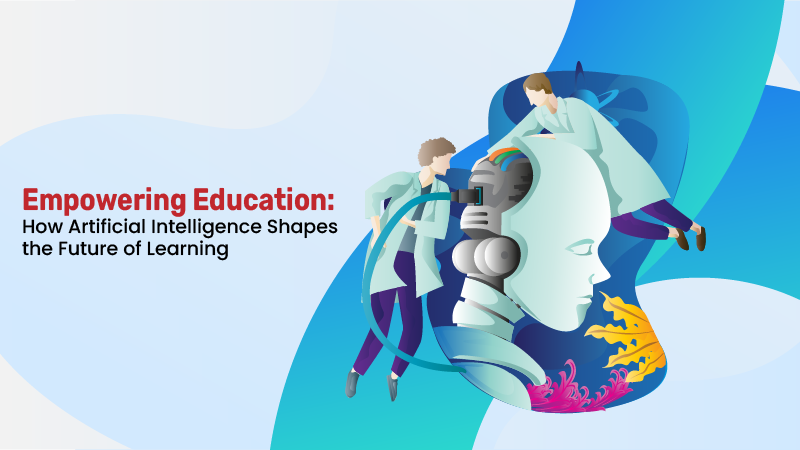
Blog / December 01, 2023
Empowering Education: How Artificial Intelligence Shapes the Future of Learning
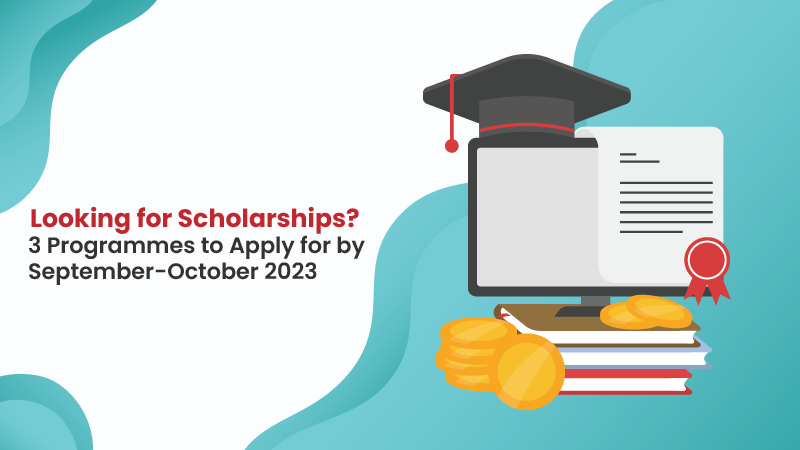
Blog / September 10, 2023
Looking for Scholarships? 3 Programmes to Apply for by September-October 2023

Blog / May 11, 2023
Top 10 Career Choices for Generation Z

EShort / February 16, 2024
IMS Noida Admissions 2024: Apply for UG, PG programmes

EShort / February 16, 2024
GATE 2024: Response sheet out

EShort / February 16, 2024
BSSTET 2023: Admit card released

EShort / February 16, 2024
NID DAT 2024: Prelims result released

EShort / February 16, 2024
IIT JAM 2024: Response sheet released

Jobs / February 16, 2024
UPSC Recruitment Drive 2024: Apply for 120 vacancies in various departments

EShort / February 14, 2024
UPSC CSE 2024: Official Notification issued; application process begins
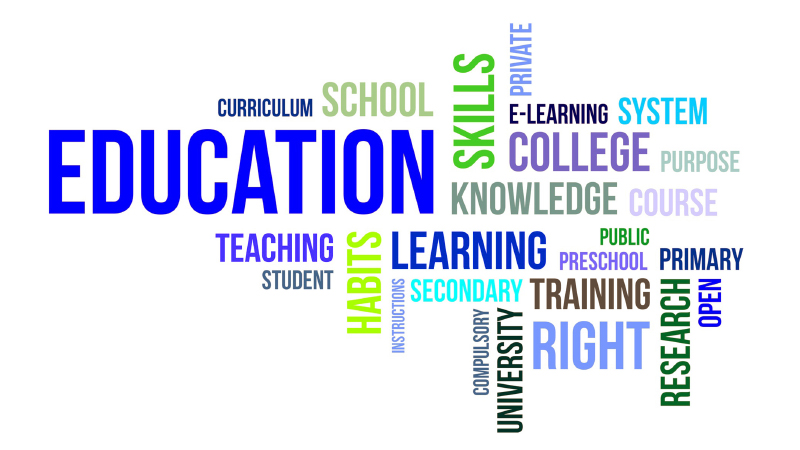
Editor's Desk / April 17, 2020
How Does Society Impact Our Education?

Current Affairs / April 22, 2020
Mr. Sudarsanam Babu appointed to U.S. Science Board.
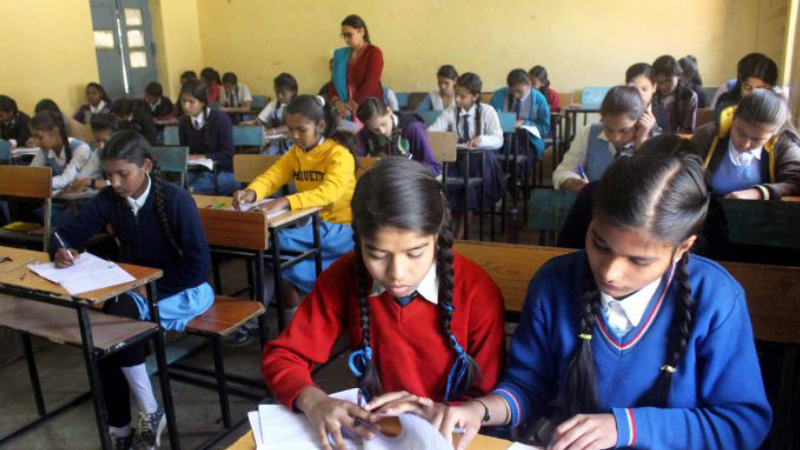
Reforms / April 17, 2020
Traditional Structure of Education In India
.jpg)
Events & Seminars / April 17, 2020
PISA!!
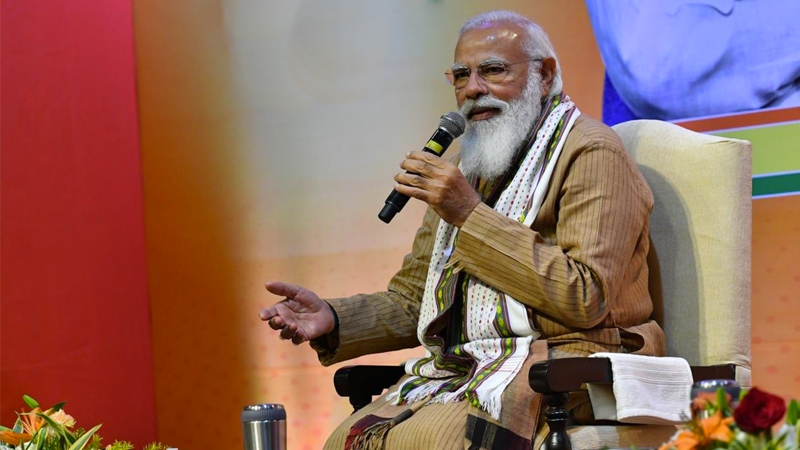
Blog / February 26, 2021
Government's Action On #ModiRojgaarDo

EShort / May 19, 2022
CUET PG 2025 has started the registration process.

Notice Board on Important Dates / April 21, 2020
World Heritage Day
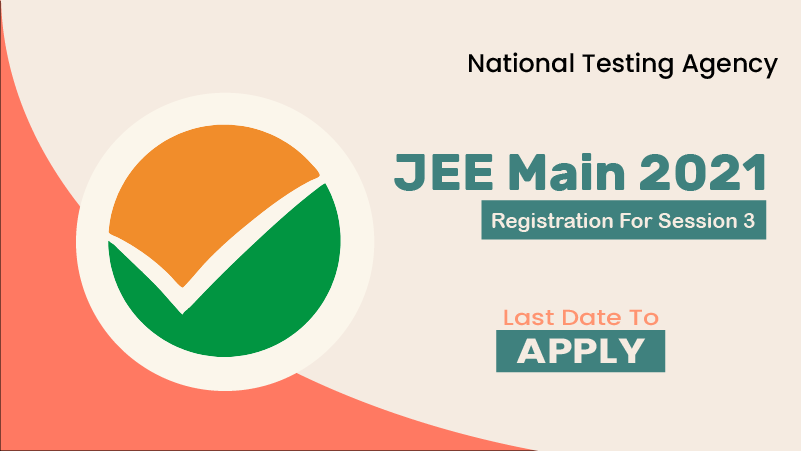
News / July 08, 2021
JEE Mains Registration For Session 3: Last Date To Apply

EShort / December 14, 2021
UPSC Declared Final Result For DCIO Recruitment


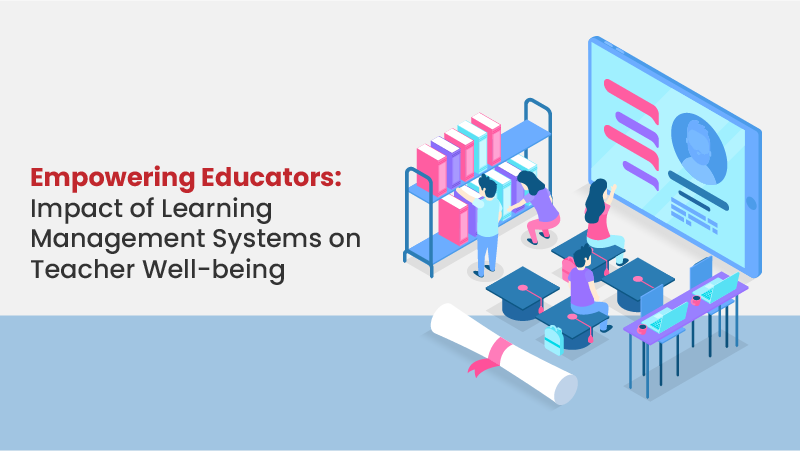


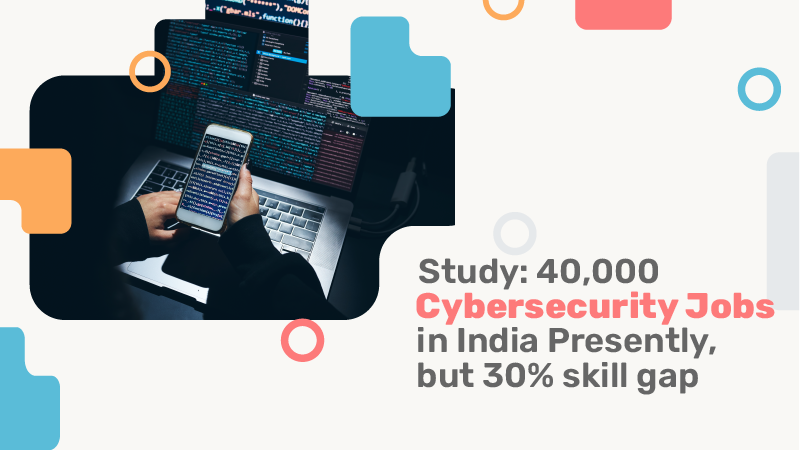






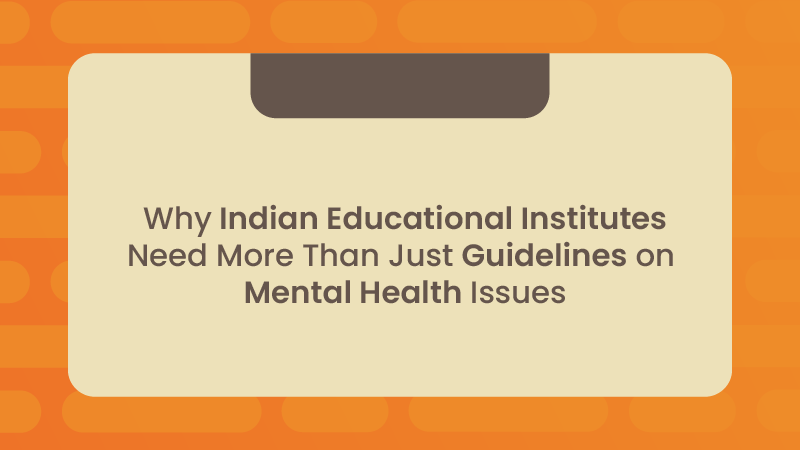



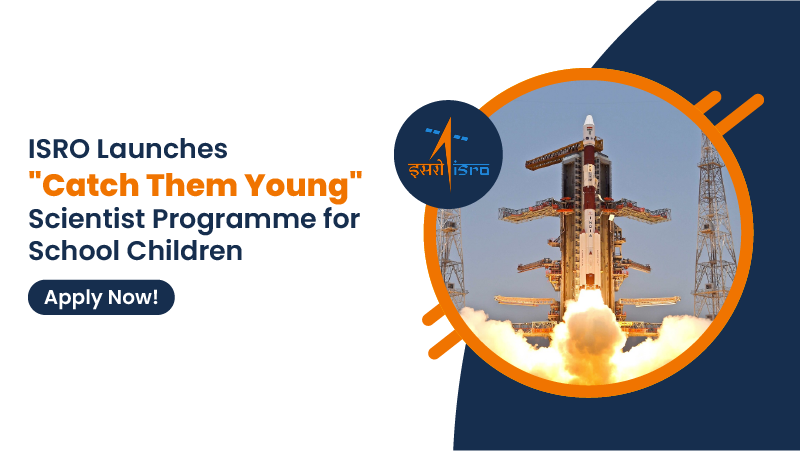


0 Comments
Post Comments